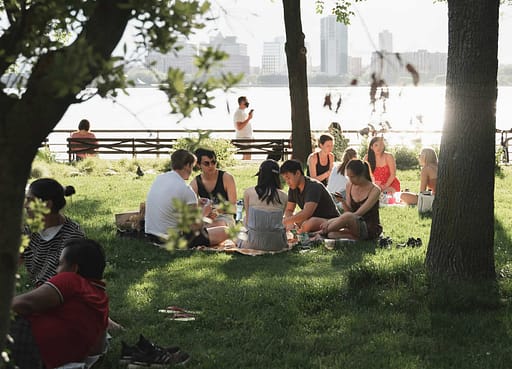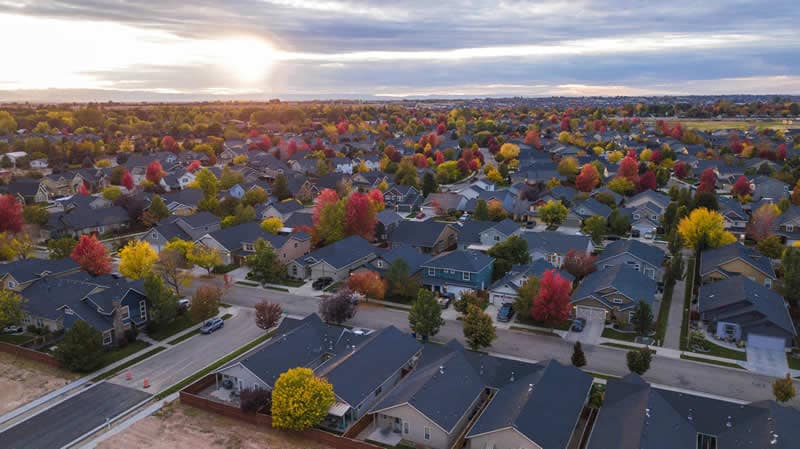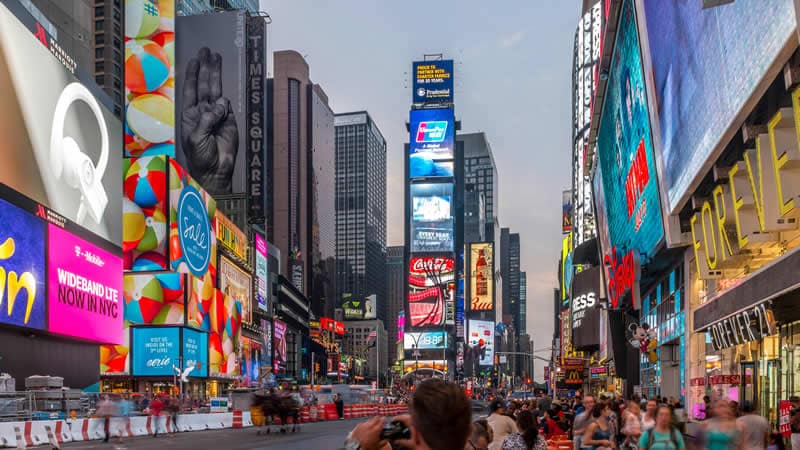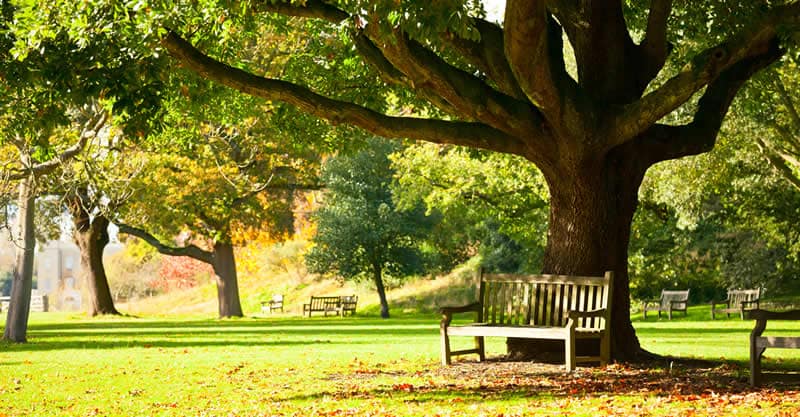The Role of Community in Enhancing Livability
In the quest for a fulfilling life, the concept of community stands as a cornerstone. It shapes our experiences, influences our well-being, and defines the very essence of what it means to live well. From the bustling streets of urban centers to the serene landscapes of rural towns, the presence of a vibrant community can significantly enhance the livability of any place. Let’s explore the multifaceted role of community in enhancing livability, and dive into the various ways it impacts our daily lives, fosters connections, and contributes to the overall quality of life.
Understanding Livability
Livability is a term often used to describe the quality of life in a particular area. It encompasses a range of factors including the availability of amenities, affordability, safety, healthcare, education, and environmental quality. However, beyond these tangible elements, livability is deeply rooted in the social fabric of a community. A place may have all the modern conveniences and facilities, but without a sense of community, it can feel sterile and uninviting. Thus, the social connections and interactions within a community are vital components of livability.
Social Connections and Support Networks
One of the most profound ways community enhances livability is through the creation of social connections and support networks. Human beings are inherently social creatures, and our interactions with others significantly impact our mental and emotional well-being. Communities provide a platform for people to connect, share experiences, and support each other. Whether it is through neighborhood gatherings, local clubs, or community centers, these interactions foster a sense of belonging and reduce feelings of isolation.
Strong social connections within a community also translate to robust support networks. In times of need, whether it’s a personal crisis or a natural disaster, having a community to rely on can make a significant difference. These networks offer emotional support, practical assistance, and a sense of security, enhancing the overall resilience of individuals and the community as a whole.
Community Engagement and Participation
Active engagement and participation in community activities are crucial for enhancing livability. When people take part in local events, volunteer for community projects, or engage in local governance, they contribute to the betterment of their surroundings. This active involvement not only improves the physical and social environment but also instills a sense of pride and ownership among residents.
Community engagement fosters a collaborative spirit, where individuals work together towards common goals. This collective effort leads to the creation of vibrant public spaces, the organization of cultural events, and the implementation of initiatives that address local needs. The result is a dynamic and thriving community that is attractive to both current residents and potential newcomers.
Safety and Security
A strong sense of community can significantly enhance safety and security, which are critical components of livability. In closely-knit communities, residents are more likely to look out for each other, report suspicious activities, and take proactive measures to ensure the safety of their neighborhood. This collective vigilance can deter crime and create a safer environment for everyone.
Moreover, community-based safety initiatives, such as neighborhood watch programs, can be highly effective. These programs rely on the active participation of residents, fostering a sense of responsibility and accountability. When people feel safe in their community, they are more likely to engage in outdoor activities, interact with their neighbors, and enjoy the amenities their area has to offer.
Economic Benefits and Local Businesses
Communities play a vital role in supporting local economies and businesses, which in turn enhances livability. When residents patronize local businesses, they contribute to the economic vitality of their area. Thriving local businesses create job opportunities, provide essential services, and generate tax revenue that can be reinvested in the community.
A vibrant community also attracts new businesses and investors, further boosting the local economy. Areas with strong community ties and active participation often see higher levels of economic development and prosperity. Additionally, the presence of unique local businesses adds character to the community, making it a more attractive place to live and visit.
Education and Lifelong Learning
Education is a key aspect of livability, and communities play a crucial role in supporting educational opportunities and lifelong learning. Strong community ties can enhance the quality of education by fostering partnerships between schools, families, and local organizations. These partnerships can lead to improved resources, support systems, and extracurricular activities that benefit students.
Furthermore, communities that value education often provide a range of lifelong learning opportunities for residents of all ages. Community centers, libraries, and local colleges offer classes, workshops, and events that promote personal and professional development. Access to these resources enriches the lives of residents and fosters a culture of continuous learning and growth.
Health and Well-being
The health and well-being of residents are significantly influenced by the quality of their community. A supportive community environment promotes healthy behaviors, reduces stress, and enhances overall well-being. Social interactions, community activities, and a sense of belonging contribute to mental and emotional health, while access to parks, recreational facilities, and healthcare services supports physical health.
Communities that prioritize health and well-being often implement initiatives that encourage active living and healthy lifestyles. This can include the development of walking and biking trails, the organization of fitness classes, and the promotion of healthy eating through farmers’ markets and community gardens. These efforts create a healthier population and a more livable community.
Environmental Stewardship and Sustainability
Environmental quality is a critical component of livability, and communities play a vital role in promoting environmental stewardship and sustainability. Community-led initiatives can address local environmental issues, such as pollution, waste management, and conservation. When residents come together to protect and enhance their natural surroundings, they contribute to a cleaner, greener, and more sustainable community.
Sustainable practices, such as recycling programs, energy conservation, and green building projects, are often driven by community efforts. These initiatives not only benefit the environment but also improve the quality of life for residents. A commitment to sustainability can lead to healthier living conditions, increased property values, and a greater sense of pride in the community.
Cultural and Recreational Opportunities
A vibrant community offers a wealth of cultural and recreational opportunities that enhance livability. Cultural events, festivals, and arts programs enrich the social fabric of a community and provide residents with opportunities for entertainment, education, and socialization. These activities celebrate the diversity and heritage of the community, fostering a sense of unity and pride.
Recreational opportunities, such as parks, sports facilities, and community centers, provide residents with spaces to engage in physical activity, relax, and connect with others. Access to recreational amenities promotes a healthy lifestyle and contributes to the overall well-being of the community. The availability of cultural and recreational opportunities makes a community more attractive and livable.
Inclusivity and Diversity
Inclusivity and diversity are essential components of a livable community. A community that embraces diversity and fosters inclusivity creates a welcoming environment for all residents, regardless of their background, ethnicity, or socioeconomic status. Inclusive communities promote equity, social justice, and mutual respect, enhancing the overall quality of life for everyone.
Diverse communities benefit from a multitude of cultures, perspectives, and experiences. This diversity fosters creativity, innovation, and resilience, making the community more dynamic and adaptable. Inclusive practices, such as accessible public spaces, equitable access to resources, and representation in local governance, ensure that all residents can fully participate in and contribute to the community.
The Role of Technology in Building Community
In today’s digital age, technology plays a significant role in building and enhancing community. Online platforms, social media, and digital communication tools provide new ways for residents to connect, share information, and collaborate on community projects. These technologies can enhance community engagement, increase accessibility to resources, and create virtual spaces for social interaction.
However, it is important to balance digital connections with face-to-face interactions. While technology can facilitate communication and coordination, the foundation of a strong community lies in personal relationships and physical presence. A blend of digital and in-person engagement can create a more connected and resilient community.
The role of community in enhancing livability cannot be overstated. A vibrant, engaged, and supportive community enriches the lives of its residents, fosters social connections, and contributes to the overall quality of life. From promoting safety and economic vitality to supporting education, health, and environmental sustainability, the benefits of a strong community are far-reaching and profound.
As we strive to create livable and thriving communities, it is essential to recognize the power of community in shaping our experiences and well-being. By fostering social connections, encouraging active participation, and embracing diversity, we can build communities that are not only livable but also enriching and fulfilling for all residents. The journey towards enhanced livability begins with the simple yet powerful act of coming together as a community.










